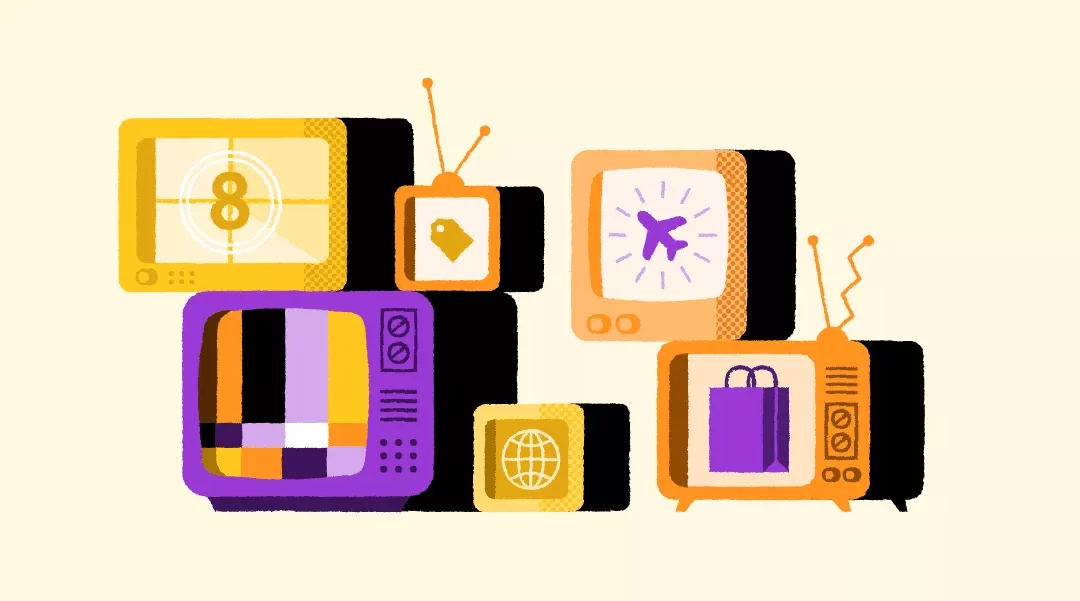Every major Hollywood studio has shifted its focus to streaming entertainment over the past five years, diverting programming funds from broadcast and cable channels to wholly owned streaming services.
Sports and news, which TV executives have long maintained hold the legacy pay TV bundle together, are exceptions, though. According to Warner Bros. Discovery CEO David Zaslav, linear TV is “a cash generator and a great business for us for many years to come” (quote from a Wall Street analyst statement from this past summer).
As a result, while some cable channels, like TNT, Syfy, and Comedy Central, have scaled back their original programming and cut costs across the board—from staffing to marketing—in an effort to focus more on streaming, others, like ESPN and Fox News, have stuck with it because they can produce solid cash flows from their linear businesses (Zaslav has called live news “critical” to the pay TV business).

There are now early warning indications that the recent growth—or at least consistency—of news and sports channels is coming to an end.
Cable channels have long used steadily increasing carriage fees and advertising growth to offset cord-cutting, particularly news and sports channels. However, given the growth of cord-cutting and the challenging advertising climate, things may be changing.
Fox Corp. has seen an increase in its cable affiliate income (the carriage fees paid by TV operators to access networks like Fox News and FS1) in each of the last at least four quarters. However, the affiliate income for the company’s fiscal Q2 fell for the first time year over year in the previous quarter. Even though it was a minor drop, it was still noticeable. According to Fox’s report, affiliate fee earnings “slightly declined by $13 million as contractual price increases essentially offset the impact of net subscriber declines.”
In other words, even though its cable channels were charging higher prices, cord-cutting more than offset those profits. Fox CFO Steve Tomsic stated on the company’s earnings conference that “we are in the early days of our next distribution renewal cycle,” implying that price increases could help alleviate those problems but that it is still unclear whether subscriber declines can be offset.
As a result, Brett Feldman of Goldman Sachs reiterated his “sell” rating on the company. He said that he was doing this because “we continue to look for more visibility regarding the long-term growth potential and costs of Fox’s digital initiatives and the extent to which they could offset increasing pressures on its core linear networks businesses as cord-cutting headwinds intensify.”

Similar outcomes were observed at Disney, where U.S. cable income only slightly decreased by about 1% due to lower carriage fees, but was partly helped by lower programming costs. (because of the timing of its new NFL deal). NBCUniversal stated that its media section would have decreased by almost 2% if it weren’t for the World Cup due to cord-cutting. Hundreds of workers have already been let go from CNN as a result of the company’s drastic cost-cutting measures, and NBCUniversal has also experienced layoffs in its news divisions.
Executives in the sports industry are also starting to struggle with the escalating cost of sports rights, which has comparable effects. Disney CEO Bob Iger told analysts on February 8 that ESPN “is going through some obviously challenging times because of what’s happened in linear programming.” Iger stated that he wants ESPN to continue operating with the NBA (the following big league with upcoming rights renewals), but he also stated that the number of exciting sports deals will likely decrease. Iger stated, “I’ve had extensive discussions about this with [ESPN president] Jimmy Pitaro, and we’ve got some choices that we have to make soon. And we’ll just need to be more discriminating, she continued.

Zaslav has also hinted that Turner Sports, which owns the rights to the NBA, MLB, NHL, and March Madness, will review its holdings. Zaslav told observers on November 3 that “We don’t have to have the NBA,” despite the fact that it has been a mainstay of TNT’s schedule since 1989. A fresh agreement would need to be “a deal for the future, it can’t be a deal for the past,” he continued, adding that he would like to make one.
The result is a perfect tempest. The safest bets in linear TV have historically been sports and news, but abruptly they don’t seem so safe. The future of linear TV is even more uncertain as businesses now shift their streaming services to concentrate on profitability as the wish to preserve that cash flow grows. In a report published in late January, senior director at S&P Global Naveen Sarma declared that the linear business was “in crisis” and that “what the networks [with sports] get in topline support they give up in higher programming costs that are likely to grow even as revenues come under greater pressure.” In contrast, linear TV networks without sports are seeing declining levels of income from affiliate fees and advertising, but they are better able to manage programming expenses.
Even though it’s not all bad news—Moody’s analyst Neil Begley predicted on February 10 that linear TV “will take years to melt”—the difficulties will only get worse and the need to manage costs will become more pressing. In the end, streaming is (as Thanos loved to say) “inevitable,” as Iger told experts in relation to ESPN.
Download The Radiant App To Start Watching!
Web: Watch Now
LGTV™: Download
ROKU™: Download
XBox™: Download
Samsung TV™: Download
Amazon Fire TV™: Download
Android TV™: Download

